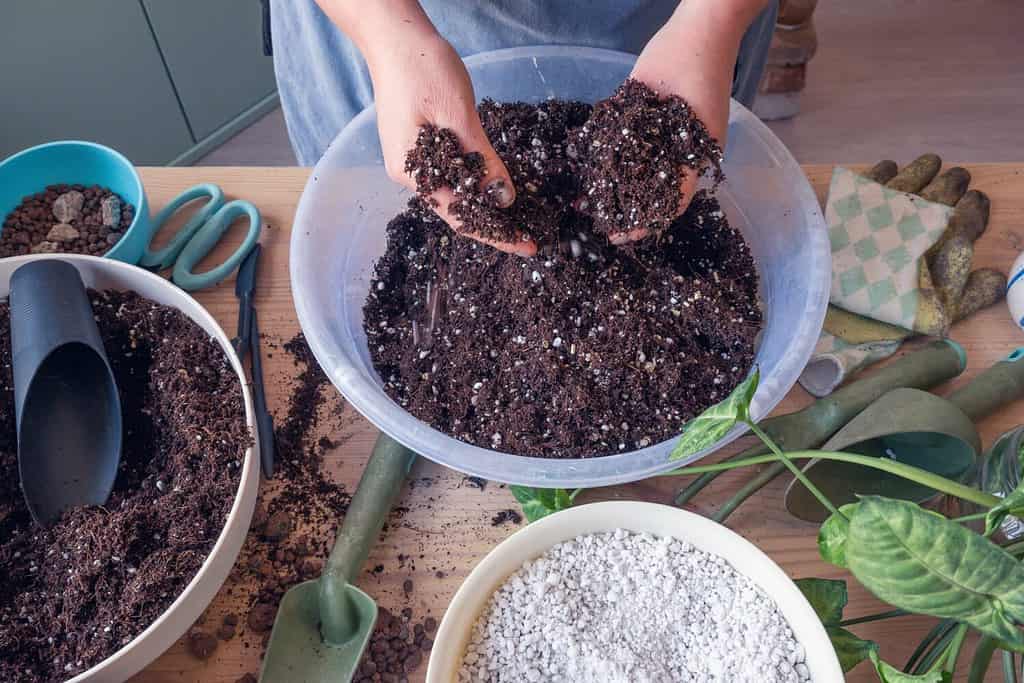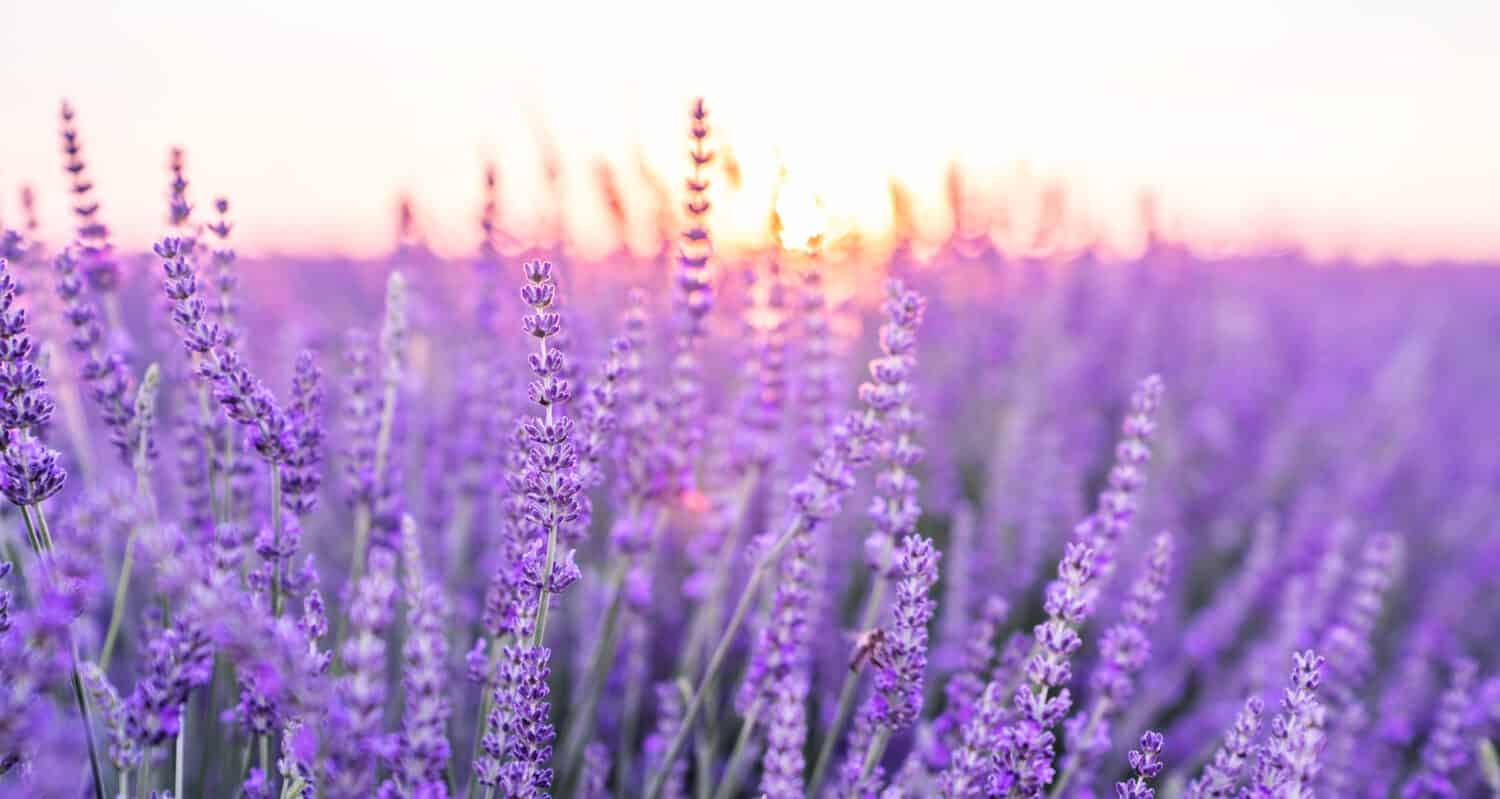Avoid Common Mistakes to Ensure Gardening Success
Whether you’re an experienced gardener or just starting out, adding herbs to your garden plan brings many questions. Unlike flowers, fruits, or vegetables, herbs have different growing requirements and habitats. With the added concern of planting multiple herbs in a single space, planning the perfect plot can quickly become overwhelming. Once you pick the correct soil, however, establishing an herb garden is surprisingly simple. Read on for tips and tricks on how to choose the suitable ground for your herb garden.
Critical Care Tip #1: before beginning any garden, it’s best to take some time to review your plot selection. Examine the light the area will receive at different times of day and the natural water drainage. Keep an eye out for any considerations that may affect your garden’s health. Overhanging trees may create a shaded spot, for example, or a nearby structure may inhibit root growth in long-rooted plants.
Now That You Have Your Location, Analyze Your Soil
Once you have the location scouted, incorporating the ideal topsoil into the site before planting is necessary. Herbs, in particular, do well with sandy loam soil. The texture allows for faster drainage of groundwater, which can quickly “drown” the shallow roots of many popular herbs.
Just choosing sandy soil isn’t enough, however. With a little extra planning, gardeners can choose a soil that adjusts the pH balance of their plot to encourage growth. Every soil has a different pH level, determined by surrounding vegetation and organic compounds. Herbs grow best in soil that has a pH between 6 and 7.5.
Critical Care Tip #2: analyze your soil. You can easily test your soil pH at home, as strips are available at most garden centers, home improvement stores, or online. Simply place a soil sample in a bottle of distilled water, shake the mixture, and test the water with a pH strip. The lower the pH of your soil, the more acidic it is, while a higher pH indicates a more alkaline soil.

A good garden starts with great soil.
©Cem Selvi/Shutterstock.com
Why does the pH of your soil matter? If it’s not in the ideal range, your plants may struggle to access nitrogen and potassium in the soil. These nutrients are vital to the health of your herbs.
How to Pick Which Additives You Need
Critical Care Tip #3: Add the correct soil modifiers before planting. If your soil misses the ideal pH range, you can add topsoils that adjust the pH of your soil. If your soil tests alkaline and you want to increase the acidic properties, adding sand and loam is your best bet. Sand typically has a pH of around 2-4.5 pH, while loam is generally around 5.5 to 8. Sand will greatly increase the drainage of your soil, however, so be aware that your plants may need frequent watering. Unless your soil is high in clay, sand isn’t recommended as a sole additive. Most gardeners choose to add a combination of sand and loam, as loam has excellent drainage properties. Loam also has a denser texture, which facilitates the retention of some water.
For gardens that are too acidic, higher-pH loam, chalk, or clay can be added. Clay carries a pH of around 6.5 PH, but can dramatically increase the water retention of your soil. Add clay cautiously to avoid root damage. Chalk, with the highest pH of an average of 8.5, has the added benefit of increasing the nutritional content of the soil. It can be difficult to lower the end pH of your soil once it’s raised, so a gradual addition of chalk with repeated testing is recommended.

With a little planning, a bountiful herb garden is easy to grow.
©ARTFULLY PHOTOGRAPHER/Shutterstock.com
Finally! It’s Time to Plant Your Herbs.
Once you have the best topsoil pH, you should allow your new garden plot to rest for a day or two before testing the soil pH again. If you’ve achieved your goal of 6 to 7.5 pH, you’re ready to begin your herb garden adventure!
Critical Care Tip #4: plan plant spacing before you begin. To ensure general success and ease of management, plant taller-growing herbs strategically so that they won’t block the sun from shorter-growing plants. For herbs such as mint, which has a creeping habitat, planting in a buried container can help maintain boundaries. For a helpful guide on planning how to arrange your herbs, Planet Natural has a great guide that you can view here.
Critical Care Tip #5: The pH of your soil will change every season. It’s a great idea to check your pH after every growing season. As your garden matures and herbs interact with your soil, you’ll have to adjust the nutrients and pH regularly. To help maintain the best topsoil, many gardeners choose to simply “turn under” any unharvested plants at the end of the growing season. By covering the plot and allowing the plants to naturally decay back into the soil, you’ll passively return nutrients for your next garden.
If you’re interested in learning more about the science behind a successful garden, don’t miss our post here, where we feature books that will answer all your gardening questions, from flowers to vegetables.
Thank you for reading! Have some feedback for us? Contact the AZ Animals editorial team.








